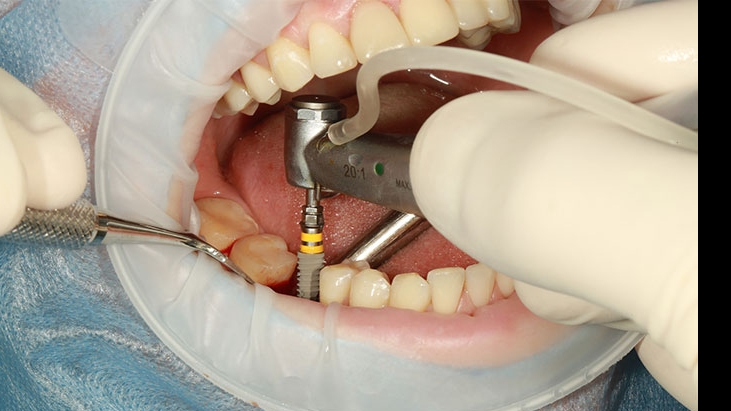Two situations do not require implantation when missing teeth
Is it necessary to implant a tooth if you have missing teeth? 2 exceptions!

Two situations do not require implantation when missing teeth
The answer is not necessarily. Really? Haven’t we always heard that: “If you don’t replace your missing teeth,
you will have endless troubles later!” That's true, in most cases, but there are a few exceptions.
Exception 1:
If you are missing wisdom teeth, there is no need to reconstruct them because they have no practical function and do not affect the appearance. But what often happens is that when the wisdom tooth decays, it also harms the adjacent second molar. When the patient comes to the clinic, both teeth are decayed and even have to be extracted at the same time. At this time, because the second molar is also not If it is destroyed, it must be rebuilt.
Therefore, you will often hear dentists remind you: "Before the wisdom teeth have any problems, you should evaluate whether they need to be removed!" There is a reason why doctors make such recommendations.
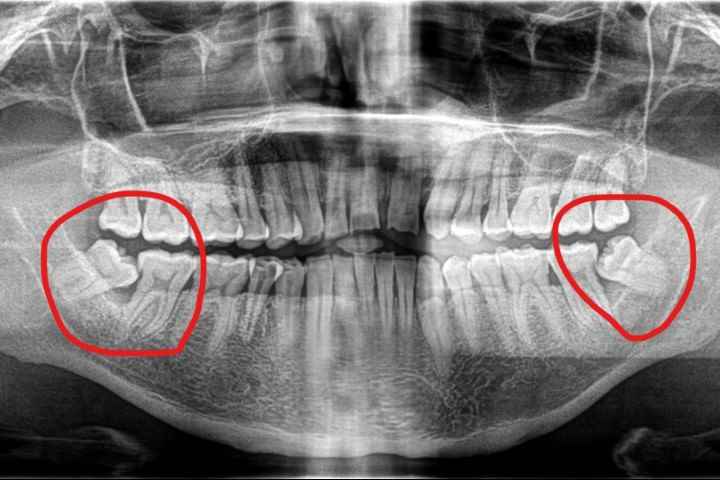
Exception 2:
If you are missing the second largest molar, and both the upper and lower ones are missing, and if it does not affect your bite and chewing because there is no corresponding opposing tooth, in this case, you do not need to get dentures or dental implants. However, if you are only missing one second molar and the corresponding second molar is still there, it is a different situation and reconstruction is necessary.
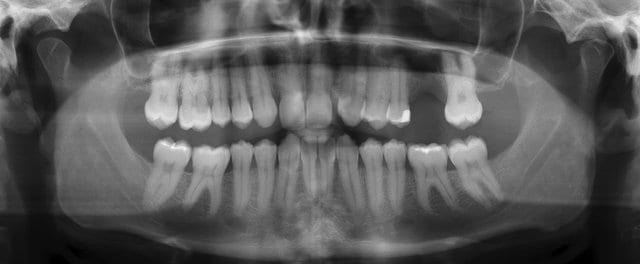
Other cases:
It is recommended that reconstruction is necessary, otherwise the adjacent teeth will tilt to the left and right, and the antagonistic teeth will extend toward the missing teeth.The back teeth cannot be seen, so why do they need reconstruction?To answer the above situation, why is reconstruction necessary if only the second molar is missing? Since the back teeth cannot be seen, why do we need to fill them? That is because the corresponding opposing teeth will extend towards the missing teeth, thus creating a height difference. If the teeth are not straight, there will be a blind spot for cleaning, which will almost always cause new caries on the adjacent teeth. . In addition, when the second molar extends toward the missing tooth, it is easy to cause the tooth root to be exposed, resulting in sensitivity and discomfort. Therefore, even if the back teeth are not visible, they still need to be treated in this situation to avoid subsequent problems.
Oral Care is a company with almost no redundant staff
You can find that, except for a few rare cases, missing teeth almost always need to be filled. If the oral cavity is likened to a company, except for wisdom teeth, there are no redundant employees in this company. Every tooth is an important employee with important responsibilities. Each tooth has its own function and matching structure with the adjacent teeth. As long as there is one tooth, the tooth will be in good condition. When employees get injured or leave, it increases the burden on other employees and affects company operations. The same is true for teeth, which are closely related. Losing a tooth is not as simple as just that tooth is missing.Procrastination does not solve problems, it only makes them more complicated.Many patients choose to ignore missing teeth, but delay will not solve the problem. When these patients come back for treatment due to new problems caused by missing teeth, they find that the original missing tooth still needs to be treated. Moreover, because the problem has been delayed for too long, the gums may have eceded and bone filling may be required, and the adjacent teeth may be crooked. It may even fall like dominoes.In short,there are many problems to deal with. This increases the difficulty of reconstruction, and of course the time and costof treatment will also increase.
5 major problems of not filling missing teeth!
The oral cavity is like a company that relies on cooperation. In this company, except for wisdom teeth, every tooth has an important task. They are interdependent and influence each other. The absence of any one of them will lead to dysfunction.
Problem 1: Neighboring teeth tilting
In order to chew smoothly, teeth have the characteristic of being close to each other. Therefore, if the teeth are left unattended after extraction, the teeth on the opposite side will extend and grow towards the missing teeth area, and the adjacent teeth on the left and right will also gather towards the missing teeth area, causing irregular teeth. Condition.
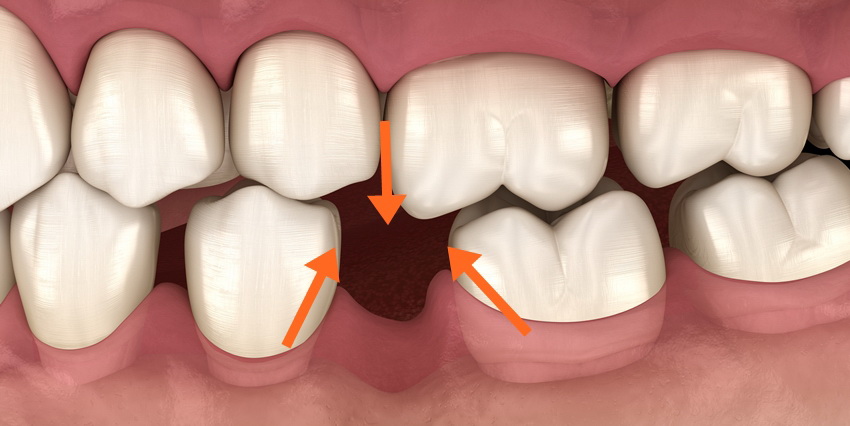
Problem 2: Causes of periodontal disease and dental caries
When teeth are displaced, their arrangement becomes uneven, creating many blind spots for cleaning, which harbor dirt and cause periodontal disease and new cavities.
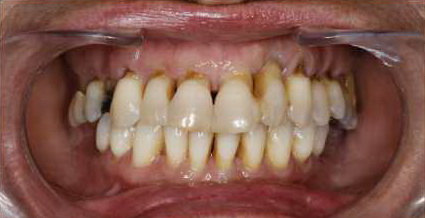
Problem 3: Insufficient implant space
Once the adjacent teeth are displaced, the space required for dental implants will be occupied. If you want to implant teeth in the future, you may need to undergo local correction first.
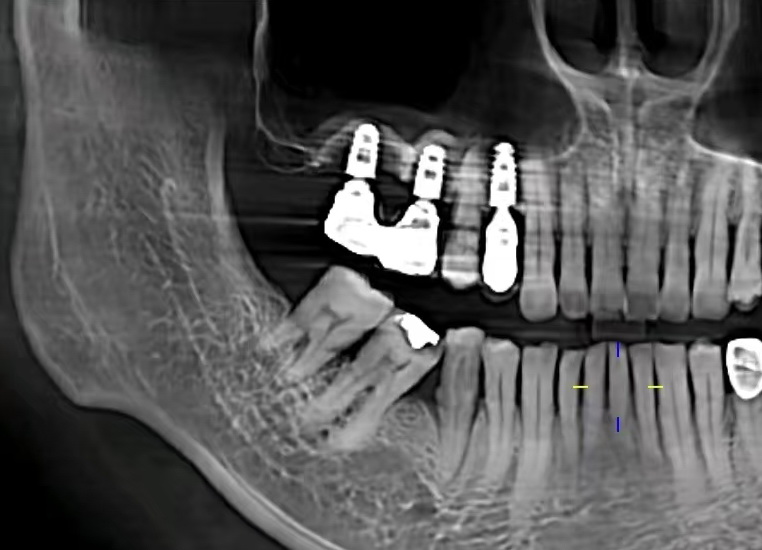
Problem 4: Alveolar bone atrophy
After tooth loss, the alveolar bone will gradually shrink, making the face sunken, haggard and old. After dental implantation, the bite force can be transmitted downward through the artificial tooth root, thus maintaining the health of the alveolar bone and slowing down the rate of atrophy.
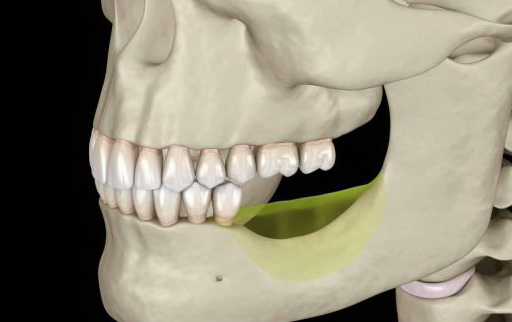
Problem 5: Tooth wear
When a tooth is missing, the chewing task that was originally borne by this tooth will be transferred to other teeth, accelerating the wear of the enamel of other healthy teeth and even causing sensitivity problems.
